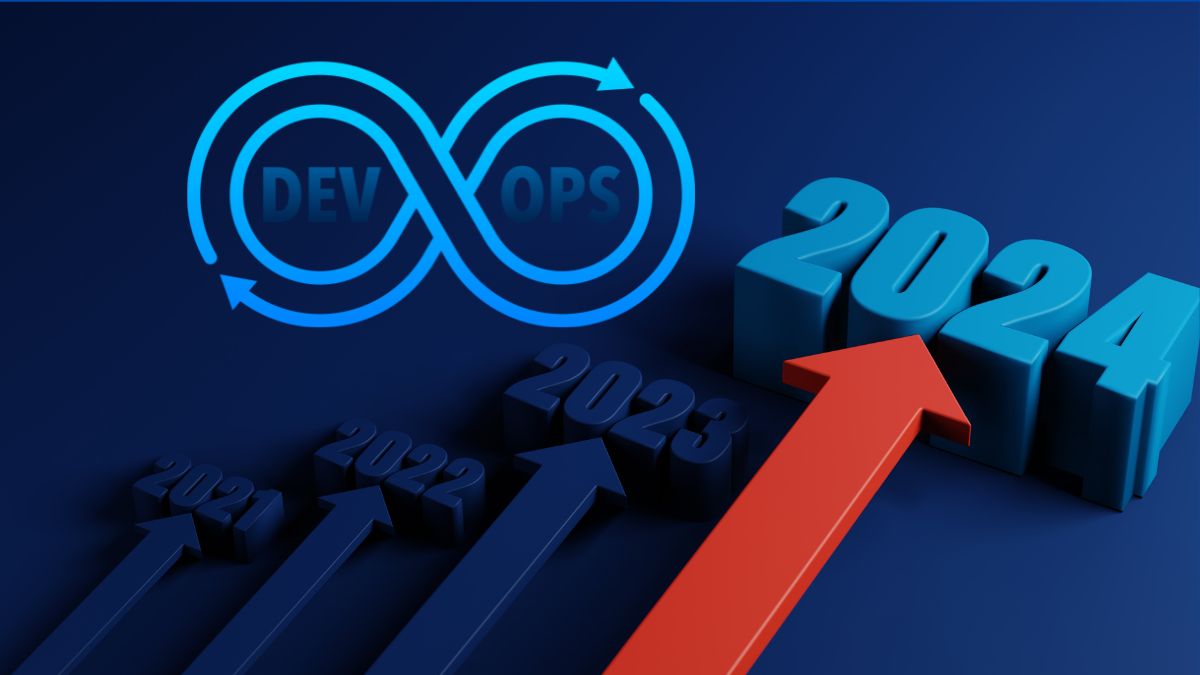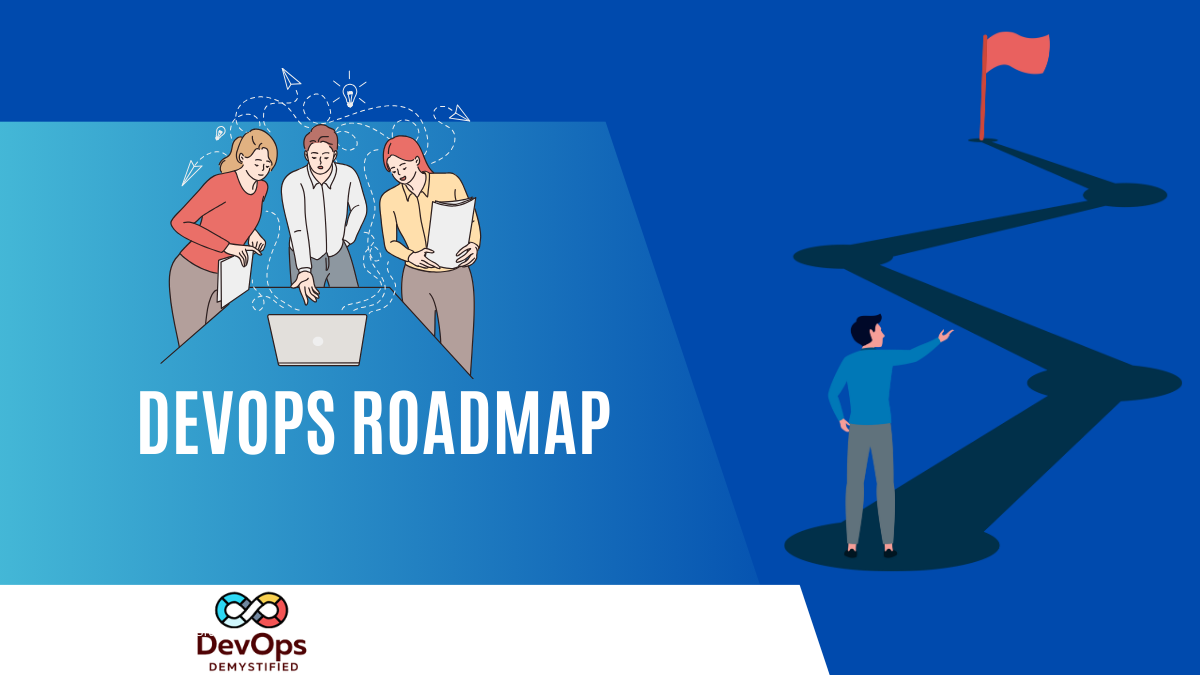As we move deeper into 2024, the landscape of DevOps continues to evolve rapidly, shaped by technological advancements and shifting business needs. Here are eight key trends that are driving the DevOps industry this year:
1. Increased Adoption of AI and Machine Learning
Artificial Intelligence (AI) and Machine Learning (ML) are becoming integral to DevOps practices. From automating mundane tasks to enhancing predictive analytics, AI tools help teams identify potential bottlenecks and optimize workflows. This year, we expect to see more organizations leveraging AI for incident response and predictive maintenance, leading to reduced downtime and increased efficiency.
2. Emphasis on Security (DevSecOps)
With the rise in cyber threats, integrating security into the DevOps pipeline—known as DevSecOps—has never been more critical. Organizations are prioritizing security measures from the initial stages of development through deployment. This trend includes the use of automated security testing tools and shifting left on security practices, ensuring that vulnerabilities are identified and addressed early in the development process.
3. Focus on Observability and Monitoring
As applications become more complex, traditional monitoring methods are no longer sufficient. The trend towards enhanced observability allows teams to gain deeper insights into their applications’ performance and user experiences. Tools that provide real-time monitoring, distributed tracing, and log management are increasingly vital for ensuring application reliability and improving incident response times.
4. Containerization and Microservices Architecture
The containerization of applications is revolutionizing how software is developed and deployed. This trend continues to grow, with microservices architectures allowing teams to build, deploy, and scale applications more efficiently. In 2024, organizations will increasingly adopt technologies like Kubernetes to manage their containerized applications, improving flexibility and reducing deployment times.
5. Infrastructure as Code (IaC) Maturity
Infrastructure as Code is becoming more sophisticated, enabling teams to manage infrastructure through code rather than manual processes. This trend leads to faster provisioning and scaling of resources. In 2024, we can expect to see more organizations adopting IaC practices and tools like Terraform and AWS CloudFormation, which enhance collaboration and reduce the risk of human error in infrastructure management.
6. Enhanced Collaboration and Communication Tools
As remote work becomes more entrenched, the need for robust collaboration and communication tools is paramount. Teams are increasingly relying on integrated platforms that combine development, operations, and security functions to facilitate seamless collaboration. Tools that enable real-time feedback, shared documentation, and agile project management are expected to dominate the market.
7. Shift to Multi-Cloud and Hybrid Environments
Organizations are increasingly adopting multi-cloud and hybrid cloud strategies to avoid vendor lock-in and enhance redundancy. This trend allows businesses to choose the best cloud services for their specific needs while optimizing costs. In 2024, we expect to see more sophisticated tools and frameworks that simplify the management of applications across different cloud environments.
8. Focus on Continuous Everything
Continuous Integration (CI) and Continuous Deployment (CD) have long been staples of DevOps, but the trend is shifting towards “Continuous Everything.” This encompasses continuous testing, monitoring, and feedback, creating a more agile development process. In 2024, organizations will increasingly implement practices that support this holistic approach, ensuring a more responsive and adaptable software development lifecycle.




